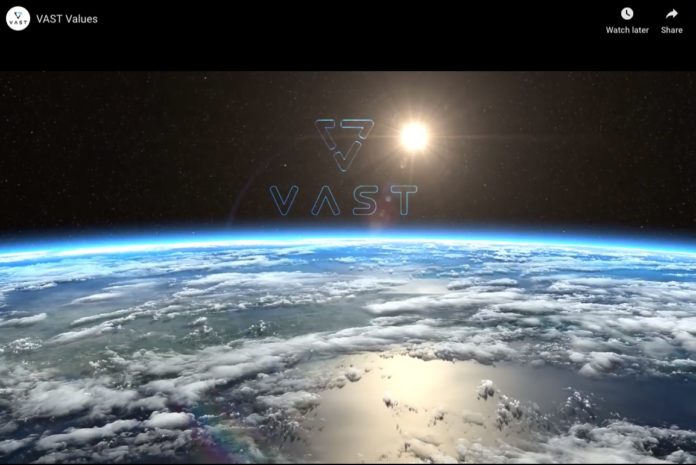VAST Data is reportedly looking to raise new funding – several billion dollars potentially, from Alphabet, Nvidia, and others, based on a $25 – 30 billion valuation.
VAST supplies an AI-focused stack of SW, based on its Disaggregated, Shared Everything (DASE) storage hardware architecture, using commodity-based and separately scalable controller and all-flash, single tier storage nodes. The SW stack includes a data catalog, structured database and unstructured datastore, and engines and tools providing components in an AI pipeline delivering real-time data to large language models and agents.
It was founded in 2016 and has taken in $40 million in a 2018 A-round, another $40 million in a 2019 B-round, then $100 million in a 2020 C-round, and $83 million in a 2021 D-round when its valuation was $3.7 billion. VAST paused for a year, then sucked in another $118 million in a 2023 E-round, taking its total raised to $381 million, and its valuation to $9.1 billion.
At the time of E-round, the company said it had achieved 3.3x year-over-year growth and maintained positive cash flow for the prior 12 quarters with a gross margin of nearly 90 percent.
The Alphabet funding would come from its CapitalG independent growth fund, which invests for profit and not strategically for Google. Reuters said neither CapitalG, Nvidia, nor VAST would comment. It quoted a source saying VAST had reached the $200 million annual recurring revenue (ARR) mark in January this year and was on track to reach $600 million ARR in 2026.
Comment

Co-founder Jeff Denworth said at the time of the E-round time : “This funding is simply being used to raise awareness of VAST and our mission … VAST operates its business on a cash-flow positive basis. We’ve managed to build a company which can triple its business annually while not burning through mountains of venture capital … This new Series E funding will sit in the bank and collect interest alongside the funding we received from Series B, Series C, and Series D.” On that basis why does it need new funding?
The increased VAST valuation could set the base parameter for any acquisitive organization thinking about buying VAST.
The valuation could buttress an IPO by signalling investor enthusiasm. It could also reassure potential customers and recruitment talent that VAST is company going places. It could help customers evaluate VAST in valuation terms against competitors such as Pure Storage, currently capitalized at $17.8 billion, and NetApp with its $20.2 billion capitalization. These are storage companies and we believe that VAST sees itself as much, much more than a storage company, and should have a greater valuation because of that.
For comparison purposes Snowflake is capitalized at $68.4 billion and Databricks is valued at around $62 billion.
The raised cash could have several other uses, such as funding an acquisition, although we note that VAST is, or has been up until now, a do-it-yourself, proprietary, build software in-house company.
The cash could help pay for software R&D, with VAST potentially building high-speed data moving capabilities to connect its customers’ on-premises data centers and regional instantiations in the public clouds. It could also invest in partner technology companies to strengthen the partnerships. For example it might consider that it needs to help its customers understand their entire data asset estate, in terms of location and type, and facilitate VAST access to that data estate. Software from companies like Arcitecta, Datadobi, Hammerspace, and Komprise provide storage data estate mapping and movement services. Software from Databricks, Snowflake, and others also holds troves and troves of data.
Currently VAST provides a data storage and management infrastructure optimized for AI workloads and data stores. Databricks, Snowflake, and other data lake and warehouse suppliers focus on data processing, analytics, and warehousing and there is an overlap here. If VAST views Databricks and Snowflake as competitors, then maybe it’ll want to extend its functionality more into their space. However, it could stop its SW stack upwards development at this point and view them as partners instead, similar to its 3-year old, pre-AI OS agreement with Dremio.








